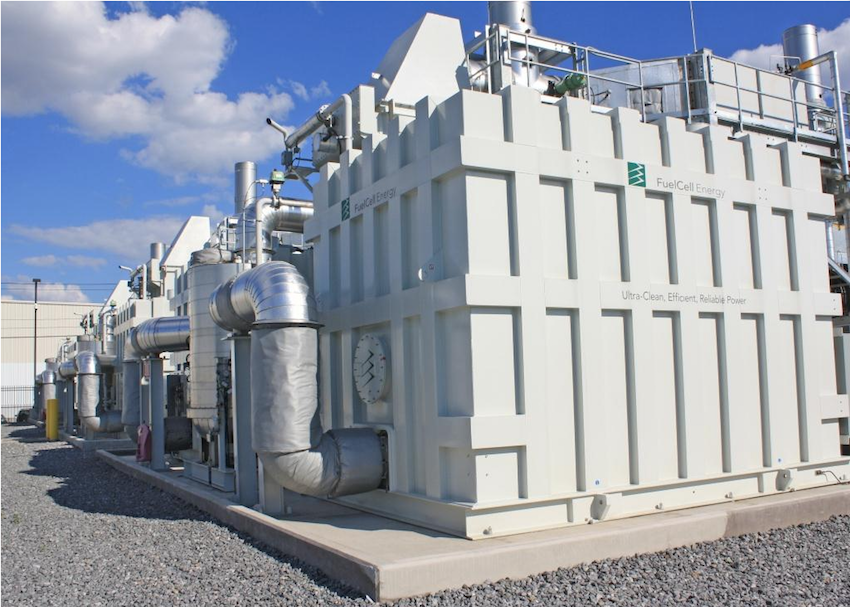
Decentralized Power Generation
Natural disasters such as Hurricanes Katrina and Sandy have increased the demand for localized energy production in an effort to prevent widespread power outages due to disconnection from the grid. At the same time, the development of technology that eliminates emissions from power generation has flourished. The result of these two developments is a marriage of fuel cell tech and natural gas.
Fuel cells can be installed within homes and garages, enabling the production and storage of sufficient energy to power entire homes as well as vehicles capable of traveling upwards of 400 miles before refill. Several methods exist for generating cell energy, with natural gas providing the most efficient fuel source for zero-emission production. Wind and solar sources lag far behind in terms of efficient production, while the safe production and transportation of pure hydrogen through atomic processes remains a distant possibility.
Through a specific set of chemical reactions, natural gas can be turned into hydrogen through a steam-methane reforming process, among other methods. The carbon dioxide that would normally float to the atmosphere may be sequestered or reused for alternative methods of power generation or industrial processes involving fossil fuel. This ensures that natural gas, which is cleaner than petroleum products, becomes as environmentally friendly as possible.
Home And Vehicle Trends
The one constant is change, with the most recent shift in home energy consisting of scalable generation and storage of energy. Tech firms such as Tesla plan to ramp up production capacities through the construction of “gigafactories” dedicated to pumping out batteries capable of storing electricity created through natural gas fuel cells.
Electricity generated through home energy solutions will be a source of power for vehicles as well, giving homeowners the option of having their very own gas station on their property. The combination of fuel cells and batteries, along with braking systems that recharge stored energy, will enable a sustained rise of vehicles that no longer require gasoline.
These home and vehicle trends will rely on natural gas as a cost-effective, efficient source of fuel to create energy while vastly reducing the footprint of growing consumption. Natural gas processors should strongly consider the burgeoning fuel cell industry and other tech as a potential partner, rather than a rival. This opens the potential for creating mutual benefit that leads to sustainable financial growth without increased environmental pollution.
Demand For Natural Gas Rise
According to a report released by the U.S. Department of Energy, natural gas consumption through advanced direct-use gas technologies will rise by as much as 60 percent and will include tech such as microturbines, fuel cells, and a new generation of cooling and heating products. The biggest impact this will create for most consumers will be how they consume energy for their homes and vehicles. In terms of grid power production through natural gas, zero-emission power plants, such as the 50-megawatt demo plant in Texas, facilitate energy creation that sequesters or reuses carbon dioxide on a large scale.
All of these developments bode well for the natural gas industry, which will be a major player in the upcoming sea change of how the United States creates and consumes electricity. By keeping up with tech that maximizes zero-emission power production, processors will avoid becoming a relic of an inefficient past.